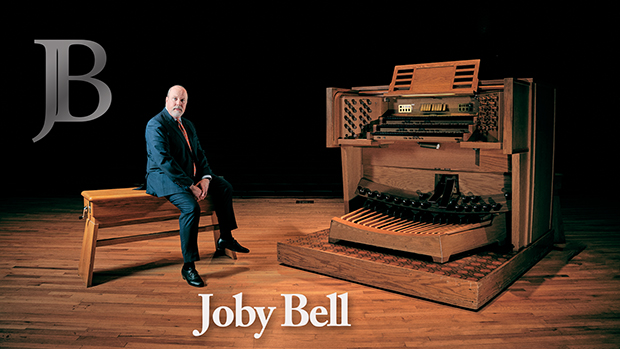Half Windsor, one dimple: Musings on daily attire
 Monday, February 28, 2011 at 9:50AM
Monday, February 28, 2011 at 9:50AM
When it comes to dressing up, I am a bit of a clotheshorse. My father taught me the full Windsor knot. As I came to hate thick fabric and big knots, I discovered the half Windsor. Then a mentor taught me the dimple. My necktie of choice ever since has been of a medium to thin fabric, tied in a half Windsor with a single dimple. But when I’m off duty, I’m in jeans, shirttail hanging out, tennis shoes, alumni cap, the works. But I think I have finally reached the point where a suit is more comfortable -- psychologically -- than jeans and a T-shirt.
I teach in coat and tie every day, just like my forefathers in this institution did. I feel a certain kinship with them when I do that. Also, I was once a student in these hallowed halls, and so a different “uniform” helps me remember my place as a faculty member rather than as a boisterous student. (That doesn’t always help, because I routinely engage in "lively" conversation with the Phi Mu Alpha boys over the good old days.)
There are written rules in society on what is considered proper attire: 1) Headwear is not allowed in a courtroom, out of respect for the court. 2) Ushers at the Riverside Church used to wear morning coats and white gloves. 3) I have seen dress code spelled out for ushers in some churches I have played for. 4) Back in the day when I was toying with attending funeral directing school, I saw dress codes spelled out for guest lecture days. 5) We all encounter work uniforms every day among such folks as campus housekeeping staff, McDonald’s employees, phone repairmen, Boy Scout leaders, football players, and prep school students.
But there are also unwritten rules regarding attire. How does the President know to wear a suit every day? Is that rule written down somewhere? What would happen if the President showed up for a press conference in shorts and a T-shirt? Perhaps a person’s choice of position or career dictates the dress code. I would find it strange for the pastor of a large urban church to show up each day without having cleaned up after his morning jog. But that rule is probably not written down; it would be followed as a matter of course and out of a sense of propriety for the position. I have chosen to adopt the coat/suit and tie as my teaching “uniform” and when practicing onsite for a recital away from home.
Long ago, I started feeling a little weird wearing jeans to church, even on Wednesday nights. Perhaps I felt like I needed to impress someone. Or perhaps I felt like I needed to look as respectable as possible in the presence of the Almighty. Of course, the two camps on that are diametrically opposed: "we need to look our best in the presence of God" vs. "God accepts us just as we are, and we are but dust without him, so why put on airs with attire?"
No solution offered for that here. I’ll just say that a brief look around in a given situation will tell you what's appropriate. If our individuality is a gift from God, then so is a sense of propriety in all situations.
I feel that casual dress in some situations equals a too-casual approach, one more than I am comfortable exercising. I have encountered far too many people who say when confronted with the prospect of wearing a suit, “Oh, that’s just not me.” They tend to apologize for wearing a suit – not by stating the apology aloud but rather by wearing, say, Birkenstocks with the suit.
“That’s just not me?” Well, sometimes things just aren’t about you, are they! Claim your position and a sense of propriety, and tie that Windsor up!
